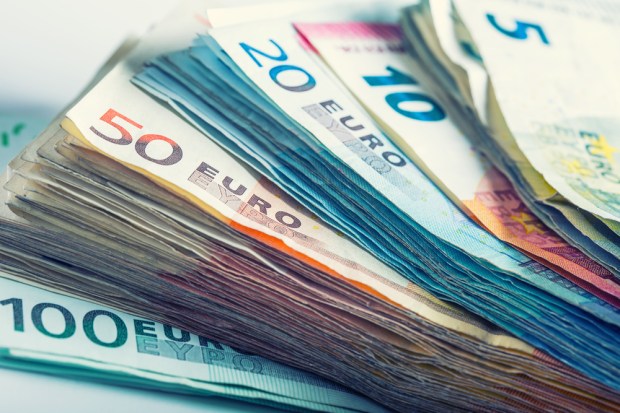What’s Next For European eCommerce?

According to the latest findings of the European Ecommerce Report 2017, it is a good time to be selling online in Europe — especially since online retail growth has been “exponential” over the last several years.
During 2016 alone, eCommerce activity increased by 15 percent to €530 ($602 billion U.S., 30 percent of global eCommerce). The 2017 forecast indicated a projected 14 percent growth to €602 billion ($684 billion, 34 percent of global retail sales). All in, European eCommerce accounted for 2.7 percent of 2016 global retail sales.
“We are very pleased with the figures that are presented in the report, as stimulating European eCommerce is one of our main objectives,” said Marlene ten Ham, secretary general of Ecommerce Europe. “We strive to create a level playing field for online trading in EU countries, and our work is more likely to be successful when we gather the right facts and figures.”
While the growth is impressive, the report also indicated several areas where further growth is possible and even necessary. One example focuses on European retail firms in which websites are on the rise — up from 67 percent of firms in 2010 to 77 percent in 2016 — though only 18 percent of firms can complete transactions through them.
Moreover, eCommerce growth and prevalence varies widely by nation, according to the report’s findings. Home to some of the most highly developed markets, Western Europe unsurprisingly sees the largest number of transactions. The U.K., for example, represents one-third of all European online sales.
Even markets trailing the top markets are still growing, and it seems that despite headwinds, they are improving swiftly.
Developed Versus Developing
The largest online shopping markets in Europe include the U.K., France and Germany. Together, the three account for nearly 70 percent of online transactions on the continent.
However, the highest proportions of eCommerce shoppers are found outside of the big three. Ninety-eight percent of Luxembourgians shop online, 98 percent of Norwegians and 97 percent of the Danes.
Romania, Macedonia and Bulgaria bottom out Europe’s eCommerce list. It is worth noting, though, that the fastest growing eCommerce markets in Europe are found near the bottom of the list as opposed to higher in the rankings near the powerhouse nations.
Romania saw online sales increase by 38 percent, and Slovakian and Estonian markets grew by 35 percent. eCommerce in the Ukraine picked up by approximately 31 percent, and Polish and Bulgarian sales numbers increased by 25 percent.
Challenges And What’s Next
The report singled out three main problem areas in the European market: delivery speed, technical failures and broken goods.
“eCommerce and the digitalization of retail and wholesale are changing our sector fundamentally, creating new business opportunities and models, new jobs and new forms of interaction with consumers,” said the report. “Many more consumers are buying online and many more retailers are selling online. More significantly, both are combining online and offline shopping seamlessly into what is becoming omnichannel retailing.”
The report noted that EU policies written today are not set up to foster necessary developments to best allow 500 million consumers within the European single market to transact efficiently and seamlessly across borders. Most specifically, ten Ham noted, cross-border transactions represent a particular area that could see much wider expansion and regularization throughout the EU.
“Europe can be powerhouse for eCommerce, but we still have some way to go to get the environment right for this to be achieved,” said ten Ham.
